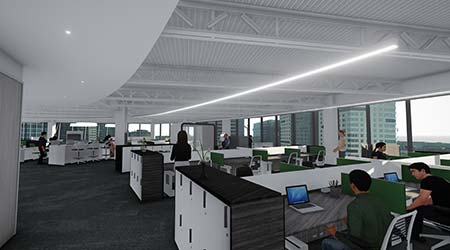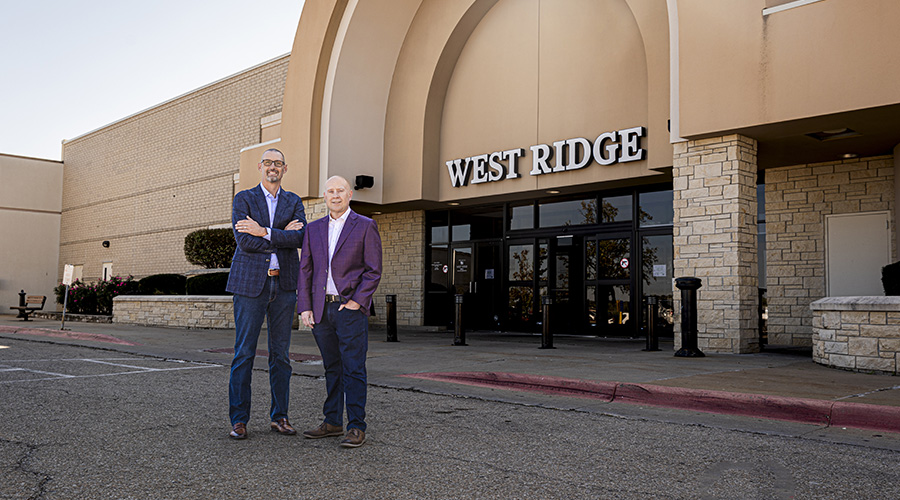Case Study: Real-World High-Tech Workplace
Among its many high-tech innovations, tech company PTC incorporates sensors in all workstations and conference rooms so facility managers can tell areas of heavy use.
PTC, a global provider of technology that transforms how companies design, manufacture, operate, and service things in a smart connected world, is re-locating its global headquarters to a new 250,000-square-foot workplace in Boston’s Seaport District. As part of the design of a new physical work environment, PTC recognized the opportunity to meld its role as an innovator in software for product design, IoT, and augmented reality to make its headquarters a global model for excellence in the use of workplace technology. The task? Evaluating the most appropriate workplace management technology in an industry known for lightning-speed evolution.
“At PTC’s transformational and technology-rich new workplace, employees will be able to use Steelcase’s Room Wizard, coupled with Workplace Advisor, to maximize productivity, collaboration, and space utilization,” says John Civello, vice president of corporate real estate and workplace at PTC. “With sensors installed in all workstations and conference rooms, our facility managers will be able to identify areas of heavy utilization, and communicate with users how to change meeting schedules to avoid congestion or modify facilities to meet the need.” Another way to leverage the software is to measure heavy-use patterns in real-time, in order to anticipate pressure on the space before it becomes critical. “Since the workspace is 100 percent free address,” Civello says, “I don’t see how we could have done this without the tools that show us what is and isn’t working. We’d be at a major disadvantage [without them].”
Because PTC partners with a wide variety of building management systems and manufacturers, the company will ultimately use augmented reality modeling to assist with preventive maintenance of HVAC and other building equipment. Real estate and facility management executives will know that their building systems are being well-managed, running efficiently and cost-effectively.
Just as these disruptive technologies are transforming the workplace, augmented reality apps are starting to emerge to help visualize “smart city” activity such as entertainment events, traffic, retailer and restaurant offerings, harbor activity, and commuter options. The use of augmented reality as a real estate technology disruptor is just beginning to be explored, and is at least as exciting as when the cameraphone idea was first introduced. We will soon be able to see in virtual reality greater possibilities for our environment, and those possibilities will be linked to data that will allow us to fully customize what we see and feel around us. Buildings are moving from being simple bricks and mortar to living, breathing machines for human habitation.
Marc Margulies (mmargulies@mp-architects.com), FAIA, LEED AP, is a principal and senior partner at Margulies Perruzzi, an architectural and interior design firm that designs workplace, health+science, and real estate projects.
Related Topics:














